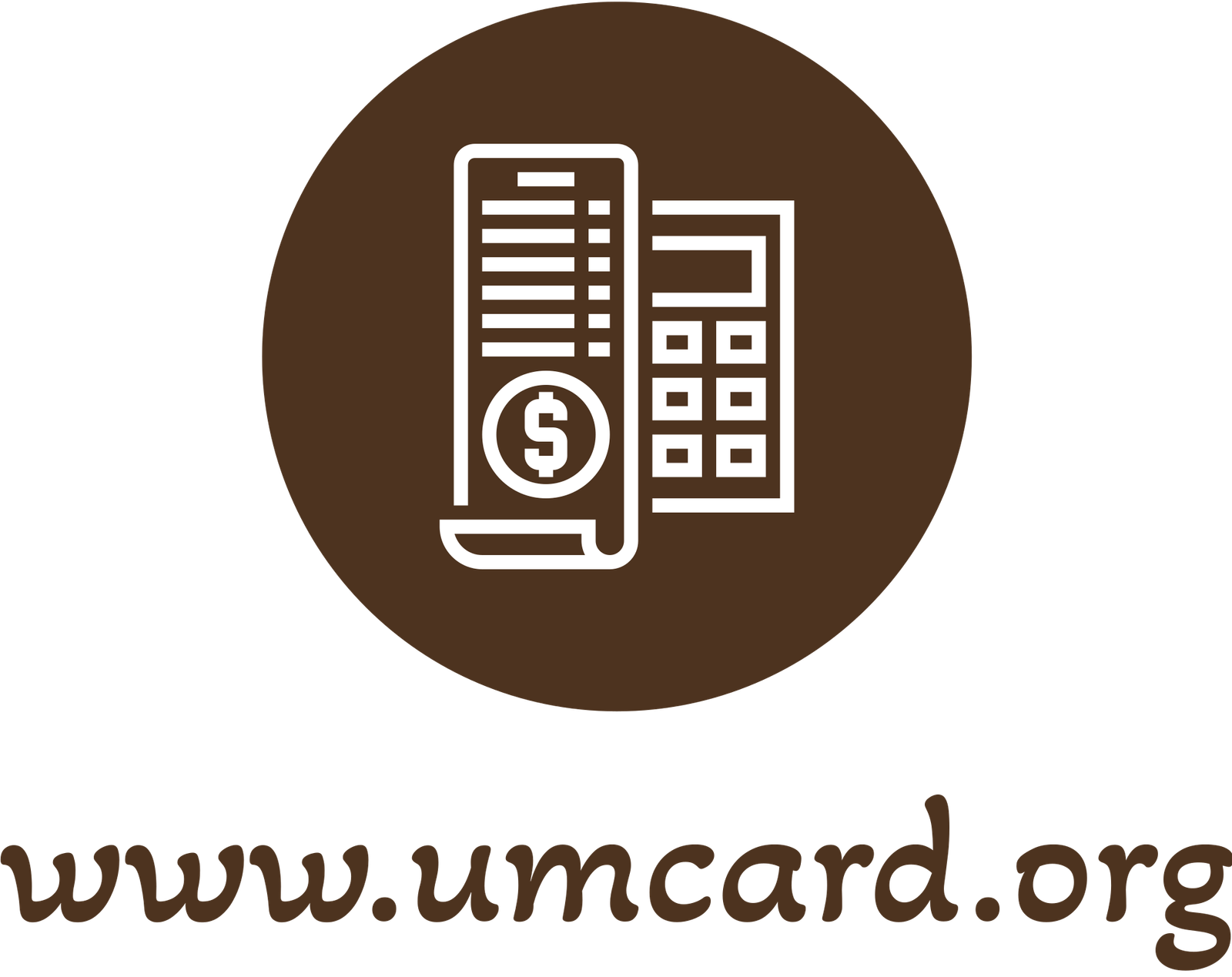Bicentennial Quarters are part of the United States histories as they were coins made on the two hundredth year celebration of independence. The quarters were made in large quantities both in the years 1975 and 1976.
There are however some issues that can even sell for more than their 25 cents face value. Thus, the attributes that will make the coins valuable for collectors and enthusiasts should be highlighted. That could lead to great discoveries and, at times that tiny discovery can gain fortune. Let’s see what makes some Bicentennial Quarters different and why they have more value than others.
1976 Bicentennial Quarter Design

The Bicentennial quarter is assigned a special design, so it looks other than the average quarters. Such coins have inscribed on them the double date “1776-1976”, and the reverse side contains an image of colonial drummer Jack L. Aahar who designed it. It is due to these special dates and commemorative images that make it distinguishable easily.
Most Bicentennial quarters have been clad to copper-nickel metal, but some were minted with 40% silver content. Knowing which differences are made in the composition and how these coins are produced will prove useful in approximately estimating any quarter’s value.
Types of Bicentennial Quarters
- Copper-Nickel Clad Quarters: These were the most common coins and are generally only worth as much as their original 25 cent price.
- 40% Silver Bicentennial Quarters: Melted solely in uncirculated and proof, these were sold in near bulk to collectors. Mostly valued for the silver content’s worth
- Proof Bicentennial Quarters: Proof for collectors, high-quality finishes, commonly found in collections
Error coins are mainly scarce, and in this case, the Bicentennial Quarter. Errors are mainly hunted by collectors, and for that reason, their price may go through the roof. Major errors for you to look out for:
- Double-Die Obverse: This error occurs when a coin’s image is printed twice, but it does not happen under normal conditions. The effect is like a doubling effect on the coin. Coins with such an error are extremely rare and very valuable.
- Off-Center Strikes: If in any case something has gone wrong during the minting process of a coin, and part of the design is missing, that coin can carry very high collector value. The closer to off-center the better the coin.
- Missing mint marks: All Bicentennial quarters have a mint mark that identifies whether it was minted in one of the states or cities. So, this means that missing a mint mark could make it one of the rare errors.
Well-maintained mint error coins can attract many thousands at auctions and are exciting to any collector.
High-Grade Bicentennial Quarters

The grade of a coin describes its condition: higher-grade coins are the finest and therefore most valuable. Some of the most renowned grading and encapsulation services of coins include Professional Coin Grading Service (PCGS) and the Numismatic Guaranty Company (NGC).
Bicentennial quarters graded MS67 or better are absolutely so rare that they are worth an incredible amount of money.
What is MS67?
MS stands for “Mint State”, which, when grading a coin, if graded to be 67 on a scale of 70, it would note that there are outstanding details and no major flaws with a very vibrant appearance. It is a very rare coin, in the case of Bicentennial quarters, which has sold for more than $352,000 in an auction.
If you can authenticate the bicentennial quarter, then have it professionally graded as well. Even a small difference in grade can make a big difference in the price of a coin.
Identifying 40% Silver Bicentennial Quarters

Tips for Identifying Silver Quarters:
- It should have a “S” mint mark. Since it is on the mint mark, this indicates that this coin was minted in the San Francisco mint.
- Compare the edges of the coin. The edge of the Silver Bicentennial quarter is silver throughout, while the edge of the copper-nickel clad quarter has a copper color.
Read More :- 1794 Flowing Hair Silver Dollar: America’s First Coin Now Valued at $60 Million
The Hunt for Hidden Treasure
The Bicentennial quarters can be a real treasure hunt since they often possess one feature or the other- mint errors, high-grade, or possessing silver. These are some useful guidelines to start you:
- Have a look at your pocket: Check any bicentennial quarter that you find. You may happen to find a mint error or a coin in a good condition that is worth too much.
- Old Collections: If you collect coins or have inherited coins, look within your collection for bicentennial quarters. In this area of consideration, special sets from the 1970s can contain precious silver versions.
- Have your coins graded: If you feel that you possess a rare or high-grade coin then get it graded by professional services such as PCGS or NGC.
FAQs:
1. What makes Bicentennial quarters valuable?
Bicentennial quarters with mint errors, high grades, or silver composition are highly collectible and can be worth far more than face value.
2. What is a mint error, and why is it important?
Mint errors, such as double-die obverses or off-center strikes, are rare mistakes that significantly increase a coin’s value.
3. What is a double-die obverse error?
This is a very rare miscut error whereby the coin gets stamped twice on the design side. It creates a doubling effect, and the coin, therefore, becomes more valuable.
4. What does the double date of Bicentennial quarters mean?
The U.S. Bicentennial to commemorate 200 years of freedom bears the “1776–1976” dual date.

